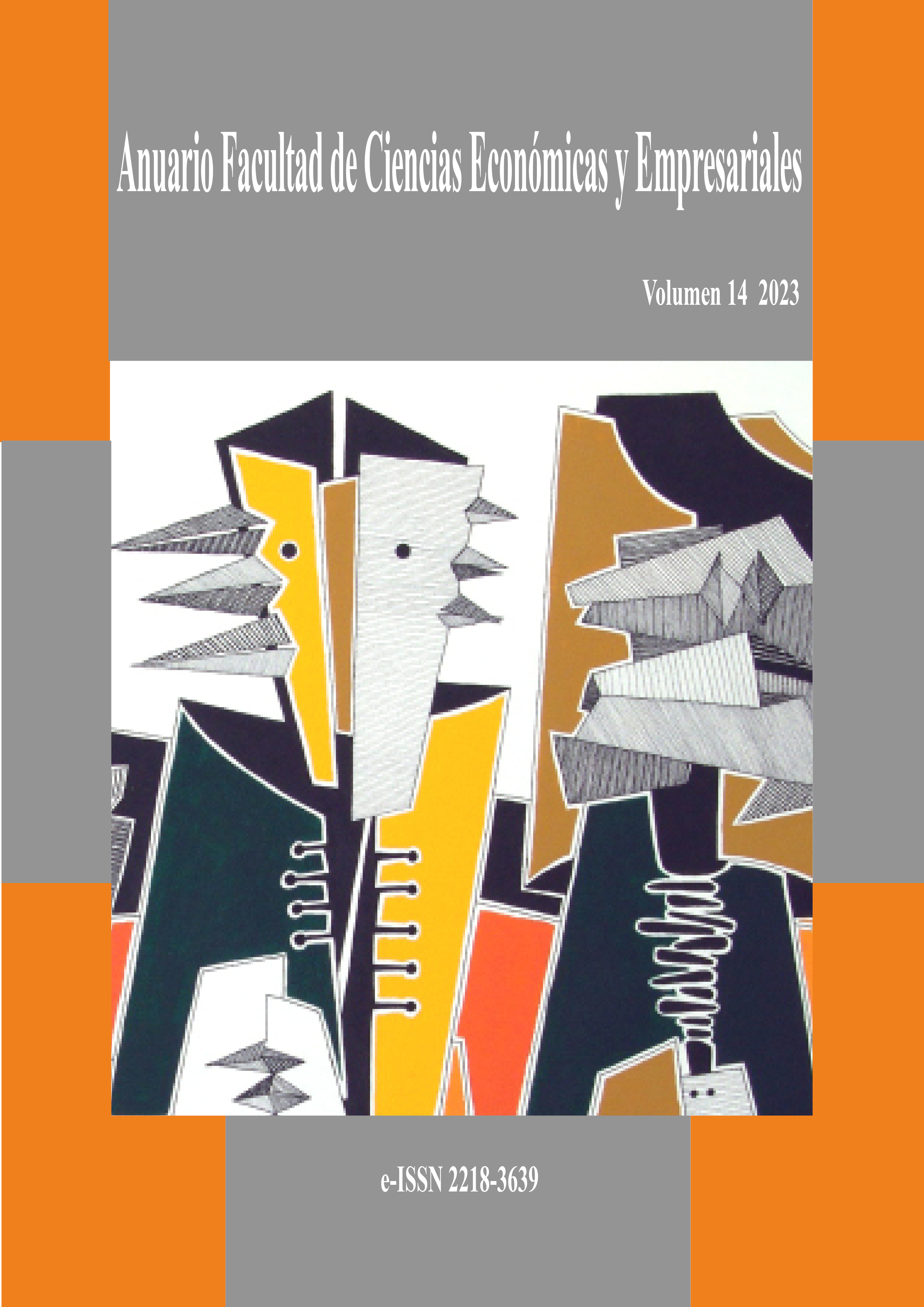Evaluación de la incidencia de la satisfacción en el desempeño laboral de los empleados de la ESPAM MFL-EP
Evaluation of the incidence of satisfaction in the work performance of the employees of the ESPAM MFL-EP
Palavras-chave:
empresa pública, satisfacción del cliente, eficiencia, desempeño laboral, public company, customer satisfaction, efficiency, job performanceResumo
La presente investigación tuvo como objetivo evaluar el desempeño laboral y la satisfacción en la Empresa Pública ESPAM MFL-EP, ubicada en Calceta, Manabí. Se empleó un enfoque cuali-cuantitativo y un diseño transversal, utilizando entrevistas, el método Delphi, encuestas y análisis estadísticos. Se seleccionaron expertos para definir indicadores de evaluación, y se aplicaron encuestas y entrevistas a los empleados y usuarios. Los resultados revelaron un desempeño medio en la mayoría de los funcionarios, pero se identificaron áreas críticas con desempeño bajo. En cuanto a la satisfacción laboral, la mayoría de los funcionarios estaban satisfechos con aspectos como motivación y relaciones interpersonales. Sin embargo, hubo insatisfacción en seguridad y salud ocupacional. En la satisfacción del cliente, se obtuvo una calificación satisfactoria en atención al cliente y métodos de pago, pero se identificaron oportunidades de mejora en la resolución de quejas y comunicación efectiva. Estos resultados proporcionan una base sólida para implementar acciones de mejora, como capacitaciones específicas y mejoras tecnológicas, para fortalecer la eficiencia y la satisfacción general en la empresa pública.
The objective of this research was to evaluate job performance and satisfaction in the ESPAM MFL-EP Public Company, located in Calceta, Manabí. A qualitative-quantitative approach and a cross-sectional design were used, using interviews, the Delphi method, surveys, and statistical analysis. Experts were selected to define evaluation indicators, and surveys and interviews were applied to employees and users. The results revealed a medium performance in the majority of the officials, but critical areas with low performance were identified. Regarding job satisfaction, the majority of officials were satisfied with aspects such as motivation and interpersonal relationships. However, there was dissatisfaction in occupational health and safety. In customer satisfaction, a satisfactory rating was obtained in customer service and payment methods, but opportunities for improvement in the resolution of complaints and effective communication were identified. These results provide a solid base to implement improvement actions, such as specific training and technological improvements, to strengthen the efficiency and general satisfaction in the public company.
Referências
Keiningham, T. L., Cooil, B., Aksoy, L., Andreassen, T. W., & Weiner, J. (2007). The value of different customer satisfaction and loyalty metrics in predicting customer retention, recommendation, and share-of-wallet. Managing Service Quality: An International Journal, 17(4), 361-384.
Liu, Y., Li, H., & Hu, F. (2007). A Study of Customer Satisfaction, Return Intention, and Word-of-Mouth Endorsement in University Dining Facilities. Journal of Hospitality & Tourism Research, 31(3), 387-410.
Parasuraman, A., Zeithaml, V. A., & Berry, L. L. (1985). A conceptual model of service quality and its implications for future research. Journal of Marketing, 49(4), 41-50.
Zeithaml, V. A., Parasuraman, A., & Berry, L. L. (1990). Delivering Quality Service: Balancing Customer Perceptions and Expectations. Simon and Schuster.
Tax, S. S., Brown, S. W., & Chandrashekaran, M. (1998). Customer evaluations of service complaint experiences: Implications for relationship marketing. Journal of Marketing, 62(2), 60-76.
Verhoef, P. C., Lemon, K. N., Parasuraman, A., Roggeveen, A., Tsiros, M., & Schlesinger, L. A. (2009). Customer experience creation: Determinants, dynamics, and management strategies. Journal of Retailing, 85(1), 31-41.
Karatepe, O. M., Yavas, U., & Babakus, E. (2006). Measuring service quality of banks: Scale development and validation. Journal of Retailing and Consumer Services, 13(5), 373-383.
Downloads
Publicado
Edição
Seção
Licença
Copyright (c) 2023 MANUEL AUGUSTO BERMUDEZ PALOMEQUE, MARÍA VANESSA CANO MONTESDEOCA

Este trabalho está licenciado sob uma licença Creative Commons Attribution-NonCommercial-NoDerivatives 4.0 International License.
Esta revista proporciona un acceso abierto inmediato a su contenido, basado en el principio de que ofrecer al público un acceso libre a las investigaciones ayuda a un mayor intercambio global de conocimiento.
This journal provides immediate open access to its content, based on the principle that providing the public with free access to research supports a greater global exchange of knowledge.



























 Universidad de Oriente
Universidad de Oriente 